Christians believe that the Last Supper was the last meal that Jesus shared with his disciples in the Cenacle in Jerusalem. The story of this event on the night before the crucifixion of Christ is described in the four books of the New Testament. An important aspect of this event is the establishment of the sacrament of the Eucharist, also known as communion, celebrated to this day by all Christians at every mass.
The original building where the Last Supper took place was probably a synagogue. Nothing has survived since the time of Jesus. Even the current location is not certain. The Cenacle we can visit today, also known as the Upper Room, is a chamber on upper floor of the David's Tomb Compound. The Cenacle is in the Gothic-style, but it is difficult to determine when it was built. Some suggest Crusaders in the tenth century, others believe it could Franciscans who acquired the site in the 1330. Muslims took control of the building in 1550, evicted the Franciscans and converted the structure into a mosque. In the Upper Room, the Ottomans added a mihrab indicating the direction of Mecca and stained glass windows with inscriptions from the Quran. To this day, there is a plaque in Arabic, commemorating those events.
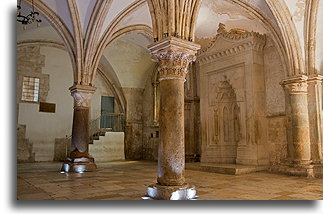
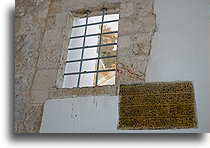
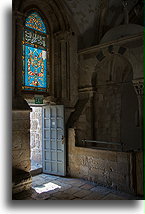
Some Christians consider an alternative place for the cenacle. Based on the 6th century inscription, St. Mark’s Monastery in the Armenian Quarter of the Old City of Jerusalem is ancient site of the Last Supper of Christ with His disciples.
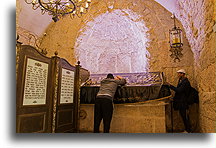
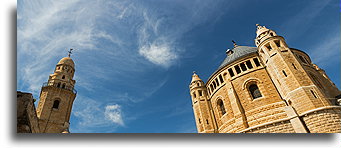
King David's Tomb located is in the lower chamber under the Cenacle, however many historians do not consider it as the actual burial place of the king. For many years until the war in 1967, the tomb of David was a place of exceptional worship, and was considered the holiest Jewish site in Israel. It was a time when Jordan controlled most of Jerusalem’s Old City banning prayers at sacred Jewish sites.




